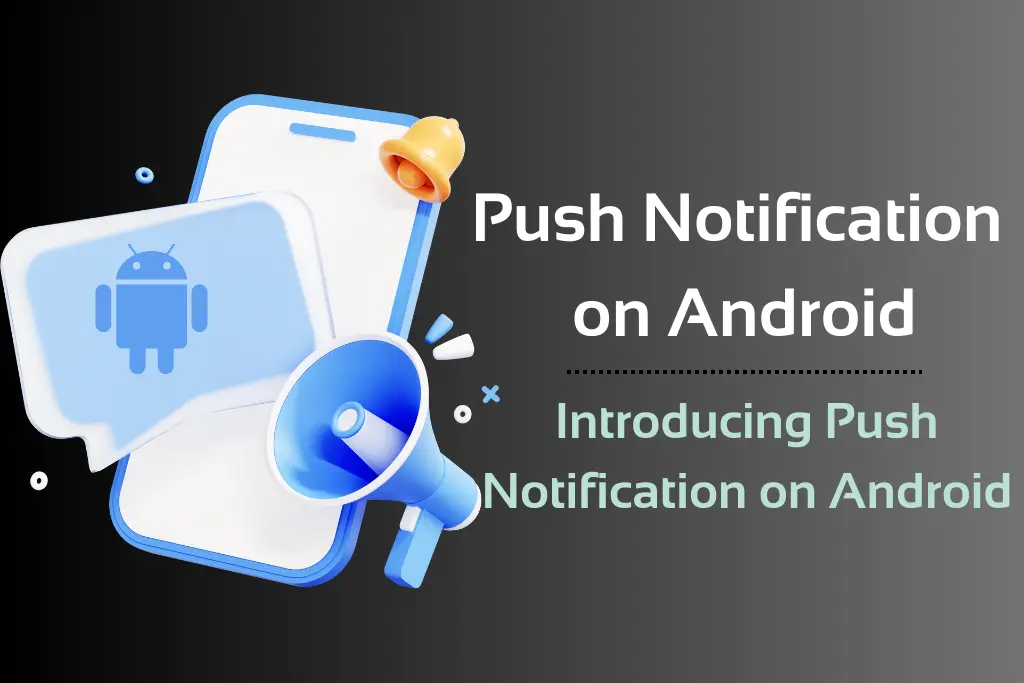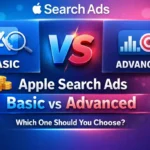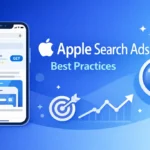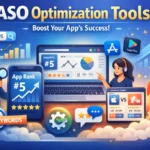The Ultimate Guide to Push Notifications on Android

Introduction:
Push notifications have become integral to mobile apps, especially on Android. They allow direct communication of important information or updates to users, even when the app is inactive. In this article, we explore push notification essentials, their functioning on Android, and the benefits for developers and users. Gain a comprehensive understanding of their significance and advantages in mobile apps.
1. What are Push Notifications?
Push notifications are a powerful way for mobile apps to directly send messages to users’ devices. These messages appear as alerts, banners, or badges on the device’s home screen or notification center, regardless of app usage. The remarkable flexibility of push notifications allows them to convey various types of information, including news updates, reminders, promotions, and social interactions. By serving as a convenient channel, push notifications to keep users informed and engaged with the app’s latest developments, ensuring they never miss important updates or opportunities.
2. How Push Notifications Work on Android
On the Android platform, push notifications rely on the Firebase Cloud Messaging (FCM) service to enable their functionality. Acting as a mediator between the app server and the user’s device, FCM streamlines the process. When an app intends to send a push notification, it establishes communication with the FCM server, which subsequently ensures the delivery of the notification to the designated devices. The FCM service efficiently manages essential aspects including message routing, security, and delivery optimization.
3. Advantages of Push Notifications
Push notifications offer several benefits for both app developers and users:
- Real-Time Communication: Push notifications enable instant communication with app users, allowing for the timely delivery of important information.
- Increased User Engagement: By sending relevant and personalized notifications, app developers can engage users and encourage them to interact with the app more frequently.
- Enhanced Retention and User Loyalty: Push notifications help in retaining users by reminding them about the app’s value and bringing them back to the app.
- Marketing and Promotions: Push notifications serve as a powerful marketing tool, allowing app developers to promote new features, discounts, or special events directly to users’ devices.
4. Best Practices for Implementing Push Notifications
In order to maximize the impact of push notifications, it is crucial for app developers to adhere to the following best practices:
- Segmentation: Segment users based on their preferences, behavior, or demographics to deliver personalized and relevant notifications.
- Clear and Concise Messaging: Craft notifications that are short, impactful, and provide clear value to the user.
- Opt-in and Opt-out: Respect users’ preferences by allowing them to opt in or opt-out of receiving push notifications.
- Timing and Frequency: Be mindful of the timing and frequency of notifications to avoid overwhelming users with too many messages.
5. Increasing User Engagement with Push Notifications
To increase user engagement through push notifications, consider the following strategies:
- Personalization: Tailor notifications to individual users based on their preferences and past interactions with the app.
- Deep Linking: Deep link notifications to specific content within the app, providing a seamless user experience.
- Triggered Notifications: Send notifications based on specific user actions or events, such as completing a task or reaching a milestone.
6. Personalization and Targeting with Push Notifications
Personalization and targeting play a crucial role in the effectiveness of push notifications. By leveraging user data and behavior patterns, app developers can create highly relevant and personalized notifications. Some techniques for personalization and targeting include:
- User Segmentation: Divide users into distinct groups based on shared characteristics or behaviors.
- Behavioral Triggers: Send notifications based on specific user behaviors or actions within the app.
- Location-Based Targeting: Utilize geolocation data to deliver notifications that are relevant to users’ current location.
7. How to Optimize Push Notification Delivery
To optimize the delivery of push notifications, consider the following factors:
- Network Conditions: Ensure that notifications are delivered efficiently even under varying network conditions.
- App State: Account for different states of the app, such as foreground, background, or closed, when delivering notifications.
- Delivery Time: Choose an optimal time to send notifications when users are most likely to engage with them.
8. Challenges and Considerations for Push Notifications
While push notifications offer many benefits, there are also challenges and considerations to keep in mind:
Permission and Privacy: Respect user privacy by obtaining proper consent for sending push notifications and handling user data responsibly.
Notification Fatigue: Be cautious not to overwhelm users with excessive or irrelevant notifications, which can lead to user dissatisfaction or app uninstalls.
Device Compatibility: Account for the diverse range of Android devices and OS versions to ensure compatibility and consistent notification delivery.
9. Common Mistakes to Avoid in Push Notification Strategy
Avoid these common mistakes to create an effective push notification strategy:
- Generic Notifications: Send generic and irrelevant notifications that don’t provide value to the user.
- Poor Timing and Frequency: Bombarding users with notifications at inconvenient times or with excessive frequency.
- Lack of Personalization: Failing to personalize notifications based on user preferences and behavior.
10. Analyzing Push Notification Performance
To gauge the success of push notifications, track and analyze key metrics, such as:
- Open Rate: Measure the percentage of users who open the app after receiving a push notification.
- Click-Through Rate: Calculate the percentage of users who interact with the notification by clicking on it.
- Conversion Rate: Evaluate the percentage of users who perform a desired action, such as making a purchase, after receiving a notification.
11. The Future of Push Notifications
The future of push notifications holds exciting possibilities. Advancements in artificial intelligence and machine learning will enable further personalization and automation of notifications. Technologies like rich media notifications, interactive elements, and predictive analytics will enhance user engagement and provide more dynamic app experiences.
Conclusion:
Push notifications serve as a potent instrument for app developers to actively engage users, provide timely information, and enhance user retention. By comprehending the optimal practices, personalization techniques, and obstacles linked to push notifications on the Android platform, developers can craft captivating and efficient notification strategies that benefit both the app and its users.
Do you Want
More App Downloads?
Boost the Mobile App Growth with the Ultimate Mobile App Marketing Experts
Latest Blogs
Do you Want
More App Downloads?
Boost the Mobile App Growth with the Ultimate Mobile App Marketing Experts




